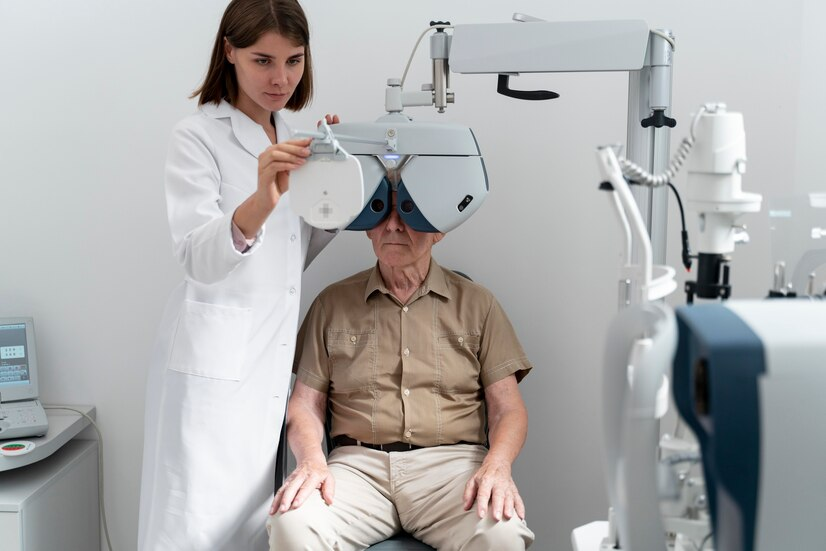How Modern MS Treatment and LASIK Are Revolutionizing Patient Care
Innovation is a constant force driving improvements in patient care. Two areas that have seen remarkable advancements in recent years are Multiple Sclerosis (MS) treatment and LASIK eye surgery. These groundbreaking developments are reshaping the landscape of healthcare, offering hope and improved quality of life to countless individuals worldwide.
Modern Approaches to MS Treatment
Multiple Sclerosis (MS), a chronic autoimmune disease affecting the central nervous system, has long been a challenge for both patients and healthcare professionals. However, recent breakthroughs in treatment options are changing the game for those living with this condition.
One of the most significant advancements in MS treatment is the development of disease-modifying therapies (DMTs). These medications work by targeting the underlying mechanisms of MS, helping to reduce the frequency and severity of relapses, slow disease progression, and alleviate symptoms.
Moreover, the advent of personalized medicine has enabled healthcare providers to tailor treatment plans to each patient’s unique needs. Through genetic testing and advanced diagnostic tools, doctors can identify specific disease subtypes and customize therapies accordingly, maximizing effectiveness while minimizing side effects.
Additionally, innovative approaches such as stem cell therapy offer promising results in repairing damaged nerve tissue and restoring neurological function in MS patients. By harnessing the regenerative potential of stem cells, researchers are opening new doors for the treatment of this debilitating disease.
Transforming Vision Correction
LASIK (Laser-Assisted In Situ Keratomileusis) has revolutionized the field of vision correction, offering a safe, effective, and minimally invasive solution for refractive errors such as nearsightedness, farsightedness, and astigmatism. This cutting-edge procedure has transformed the lives of millions of individuals worldwide, providing freedom from glasses and contact lenses.
Unlike traditional vision correction methods, which rely on eyeglasses or contact lenses to compensate for refractive errors, lasik reshapes the cornea using a precise laser to correct the underlying cause of vision problems. This results in clear, crisp vision without the need for corrective eyewear, enhancing both visual acuity and overall quality of life.
Moreover, advancements in LASIK technology, such as wavefront-guided and bladeless procedures, have further improved surgical outcomes and patient satisfaction. These innovations enable surgeons to achieve unprecedented levels of precision and customization, ensuring optimal visual outcomes for each patient.
Furthermore, the rapid recovery time associated with LASIK allows patients to resume their normal activities shortly after surgery, with minimal discomfort or downtime. This quick turnaround makes LASIK an attractive option for individuals seeking a convenient and hassle-free solution to their vision problems.
Synergies in Patient Care
While MS treatment and LASIK may seem unrelated at first glance, they share a common goal: to improve the lives of patients through innovative medical interventions. By harnessing cutting-edge technology and scientific advancements, both fields are pushing the boundaries of what’s possible in healthcare.
Moreover, the principles underlying these advancements – personalized medicine, targeted therapies, and minimally invasive procedures – are applicable across a wide range of medical specialties. By fostering collaboration and knowledge-sharing between disciplines, healthcare providers can leverage synergies to drive further innovation and improve patient outcomes.
The modern approaches to MS treatment and LASIK are revolutionizing patient care in profound ways. From personalized therapies that target the underlying mechanisms of disease to minimally invasive procedures that offer rapid recovery and enhanced quality of life, these advancements represent the future of healthcare. By embracing innovation and harnessing the power of technology, we can continue to transform the lives of patients and pave the way for a healthier, more prosperous future.










